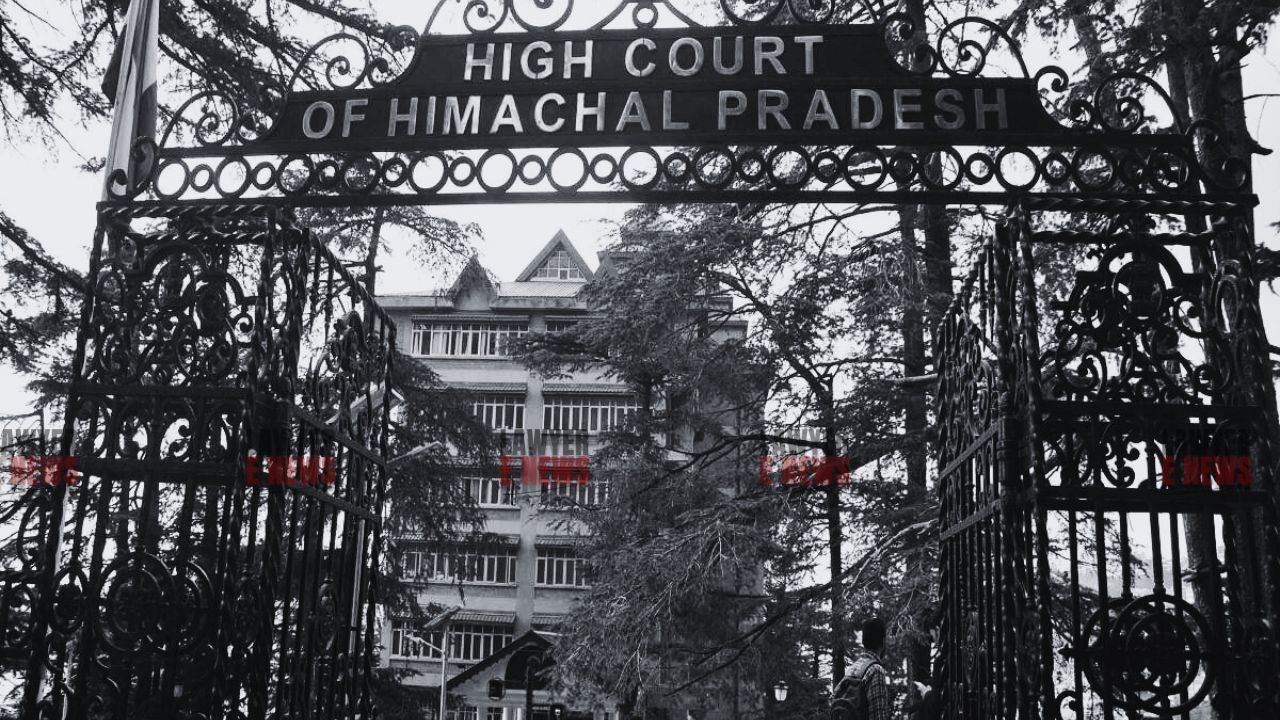-
by Admin
17 December 2025 12:49 PM



In a significant judgement, the Himachal Pradesh High Court dismissed an appeal challenging the acquittal of the accused in a case involving charges of rash and negligent driving under Sections 279, 337, and 304A of the Indian Penal Code (IPC). The court held that high speed alone is insufficient to prove rashness or negligence unless supported by concrete evidence. It also observed that the truck driver’s negligence in parking the vehicle on the highway contributed significantly to the accident.
The case arose from an accident on October 13, 2005, where a bus driven by the respondent, Jai Pal Singh, collided with a stationary truck on the highway. Several passengers were injured, and one child died as a result of the accident. The prosecution alleged that the bus was driven rashly and negligently, causing the fatal collision. The trial court acquitted the accused on January 21, 2011, concluding that the prosecution had failed to prove the charges beyond a reasonable doubt.
The State of Himachal Pradesh appealed the acquittal, arguing that the trial court erred in evaluating the evidence, particularly witness testimony, and sought the conviction of the accused under Sections 279 (rash driving), 337 (causing hurt), and 304A (causing death by negligence) of the IPC.
The key issues before the High Court were:
Whether driving at high speed alone constitutes rash and negligent driving.
Whether the truck driver’s negligence in parking on the highway contributed to the accident.
Whether the trial court’s decision to acquit the accused was reasonable and based on the evidence presented.
"High Speed is Not Sufficient to Prove Negligence"
The court emphasized that high speed alone does not necessarily indicate negligence. Justice Rakesh Kainthla referred to the Supreme Court’s ruling in State of Karnataka v. Satish, (1998) 8 SCC 493, which held that merely driving at high speed is not sufficient to infer rashness or negligence. The court observed:
"High speed is a relative term. Merely because the bus was driven at 60 km per hour, which is within the prescribed speed limit, it cannot be concluded that the driver was rash or negligent." [Para 19]
The court further noted that Section 112(1) of the Motor Vehicles Act, 1988 prescribes a speed limit of 65 km per hour for heavy passenger vehicles, and the bus was being driven within this limit. Therefore, the accused’s speed was not in itself evidence of negligence.
A significant factor in the case was the truck driver’s violation of Rule 15(2) of the Rules of Road Regulations, 1989, which prohibits parking on a main road or alongside another vehicle in a manner that obstructs traffic. The court observed that the accident occurred because the bus collided with a stationary truck that was improperly parked alongside another vehicle on the highway, creating a dangerous obstruction. The court held:
"The truck driver violated Rule 15(2) by parking the truck alongside another vehicle, causing a dangerous obstruction. The accident cannot be solely attributed to the bus driver’s negligence." [Para 20]
The court also examined the witness testimonies, noting that many witnesses either did not directly witness the accident or provided inconsistent statements. Madan Lal (PW-1) and Jatinder Kumar (PW-7), key witnesses for the prosecution, admitted in cross-examination that they could not clearly recall the details of the accident or were asleep at the time. The court stated:
"Witnesses cannot infer negligence without factual support. The testimonies provided by the prosecution witnesses lacked the necessary facts to establish the accused’s negligence beyond a reasonable doubt." [Para 24]
The Himachal Pradesh High Court upheld the trial court’s decision, concluding that the prosecution had failed to prove the charges of rash and negligent driving beyond a reasonable doubt. The court held that the trial court’s judgment was reasonable and based on the evidence presented, and therefore, there was no reason to interfere with the acquittal.
Date of Decision: October 18, 2024
State of H.P. v. Jai Pal Singh
